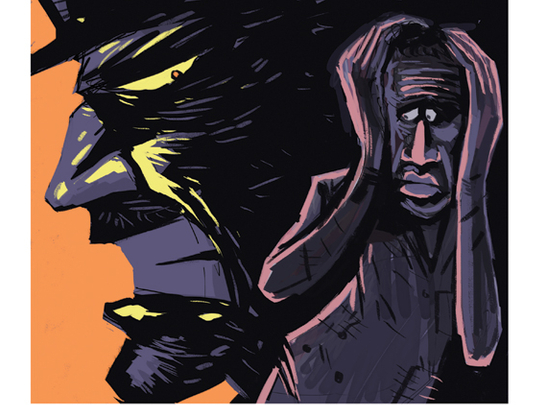
There are places in America where young people are not supposed to die. Movie theatres. Schools. College campuses. Their deaths prompt great moral panic if little change.
And then there are areas where they are expected to die. The shooting of a teenager in poor black neighbourhoods often earns little more than a paragraph in the local paper. Beyond their communities, their passing prompts little more than a weary sigh. To exist as a working class African-American is to be vulnerable: to live in a poor, black area simply renders you collateral.
“By the numbers,” writes Jesmyn Ward in Men We Reaped, “by all the official records, here at the confluence of history, of racism, of poverty and economic power, this is what our lives are worth: nothing.”
That the death of Michael Brown, the teenager from Ferguson, Missouri, who was shot dead last week, and its ugly aftermath, should come in the year of the 50th anniversary of the passing of the Civil Rights Act, should give pause to the national orgy of self-congratulation. The law of the land has changed.
Law of racial probabilities
But the law of racial probabilities remains stubborn.
We have been told to be patient while we wait for the facts of Brown’s case to emerge. But facts are not in short supply.
We know that Ferguson police were twice as likely to arrest blacks as whites during traffic stops.
We know that Ferguson is two-thirds black but that its police force is less than 6 per cent black, that its city council is 16 per cent black and its school board is 0 per cent black. This is why scenes from there resemble a community under occupation.
We know that what happened in Ferguson does not contradict what is happening nationally but illustrates it.
We know that three other black men have been killed by police in the US in the last month.
We know that police stopped and frisked New Yorkers more than 4 million times in a decade, most of them black and Latino, 90 per cent of them, according to the NYPD’s own figures, innocent of any crime.
We know that black youth do not use drugs at a greater rate than white youth but are far more likely to be incarcerated for drug crimes.
We know that the former New York police commissioner, Ray Kelly, told a state senator that he targeted black and Latino youth “because he wanted to instil fear in them that every time that they left their homes they could be targeted by police”.
We know that the military policing of black communities has been escalating for almost two generations.
Inevitable conclusion
The killing of Michael Brown is one of those stories that is more than local news — it’s the story of one young man shot by a police officer in Ferguson, and the story of so many people of colour, in so many places.
“In 1972 there were just a few hundred paramilitary drug raids per year in the US,” writes Michelle Alexander, in the New Jim Crow. “By the early 80s there were 3,000 annual Swat deployments, by 1996 there were 30,000, and by 2001 there were 40,000.”
“You already know enough,” wrote Sven Lindqvist in Exterminate All the Brutes. “So do I. It is not knowledge we lack. What is missing is the courage to understand what we know and draw conclusions.”
The inevitable conclusion is that for all the symbolic ways in which America looks different racially, when it comes to matters of substance, it acts the same.
When Barack Obama was contemplating a presidential run, his sceptical wife, Michelle, asked him what he thought he could accomplish. “The day I take the oath of office,” he said, “the world will look at us differently. And millions of kids across this country will look at themselves differently. That alone is something.”
Many, donning rose-tinted glasses, declared themselves colour-blind and read racism its rights. “There is an old disease, and that disease is cured,” Bert Rein argued before the US Supreme Court last year as he successfully persuaded them to gut the Voting Rights Act. “That problem is solved.”
But while America saw racism differently, it did not, apparently, see black people differently. The racial inequality in unemployment and income remained the same while disparities in wealth grew. And there was the policing. The reign of terror on the streets. The stopping, frisking, shooting and killing.
Which brings us to back to Michael Brown. For he may well have seen himself differently when he watched Barack Obama take the oath or take a walk, that balmy November night of his presidential victory in 2012. He may have believed that he could ascend to the highest office or achieve his potential in whatever field he chose. But the police officer who shot Michael Brown did not assume he might be gunning down the future president of America. And so, like so many before him, he couldn’t even walk the streets.
— Guardian News & Media Ltd











